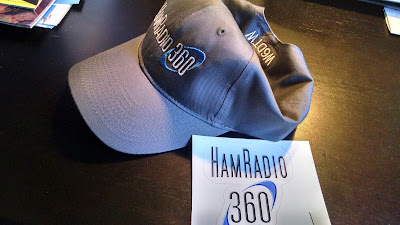Note: This is a repost/update from my old blog.
Toyota Highlanders are well made cars - I bought a 2004 for my wife who later upgraded to a Sienna minivan, so I took the Highlander for myself. It's at 130,000 miles and still going strong. However, apparently they have a known problem where the brake lights on one side will intermittently stop working. I've had people pull up next to me at stop lights and tell me I have a light out, then I get home to find the light is fine.
Then recently the light went out and stayed out. I replaced the bulbs but they remained out. Fuses were fine, my trusty Fluke 77 said voltage was getting to the assembly. Posters in Toyota forums said that dealers are asking $40 - $140 for diagnostic, plus possibly $300 to replace a "circuit board"...? Sounds like a scam to me.
I did some searching online and found reference to how the contacts on the bulb holder will get compressed and not make proper contact. (Kudos to Berto for the original post and Kujath for the photos.) Kujath suggested using a flat-blade screwdriver to bend the contacts a bit, but I think a needle-nose pliers works better since you can control the amount of bending. I did both bulb holders and the lights are working just fine.
Sunday, August 21, 2016
Monday, August 15, 2016
Use It or Lose It : Google makes a play for part of the 3.3 GHz amateur band
In my Pacificon talk I pointed out that the 3300 MHz band is almost never used, and the possible auction valuation to commercial users is very high. If we presume a $2 per MHz-POP auction price (which is about what the AWS-3 commercial carrier spectrum went for) and a US population of 320 million, the value of the 3300 MHz band is $128 billion. The AWS-3 auction, record-setting though it was, only raised $47 billion. For a government $19 trillion in debt, $128 billion isn't much but it's a start. Google could afford to buy that spectrum, and with the unprecedented access it enjoys due to the revolving door between itself and the White House, it has the political clout to make this happen.
There are just over 800,000 licensed amateur operators in the USA. $128 billion puts the value of our 3300 MHz band at $160,000 PER OPERATOR. For something we never use. I'd be willing to say (and I'm being very charitable in this estimation) that 0.1% of all US operators make use of the 3300 MHz band. That's $160 MILLION PER ACTIVE OPERATOR.
I'm not saying what Google's doing is right. If you think it's wrong, file comments with the FCC. I'm saying what they're doing is not surprising, and that I predicted this would happen six years ago.
Thursday, July 7, 2016
HamRadio360 Bling
Came home today to find a package. Inside was a HamRadio360 sticker and a hat - and the hat is personalized my callsign!
Want a hat for yourself? Shop now
Want a hat for yourself? Shop now
Subscribe to:
Posts (Atom)

